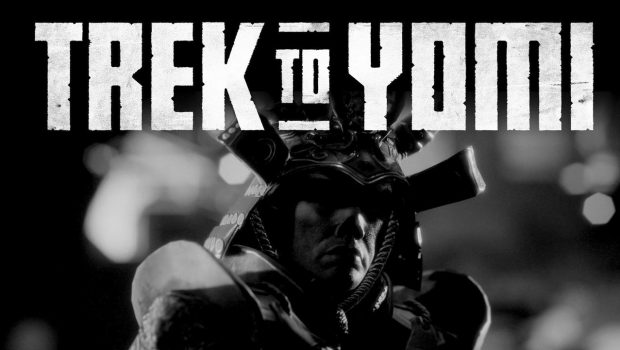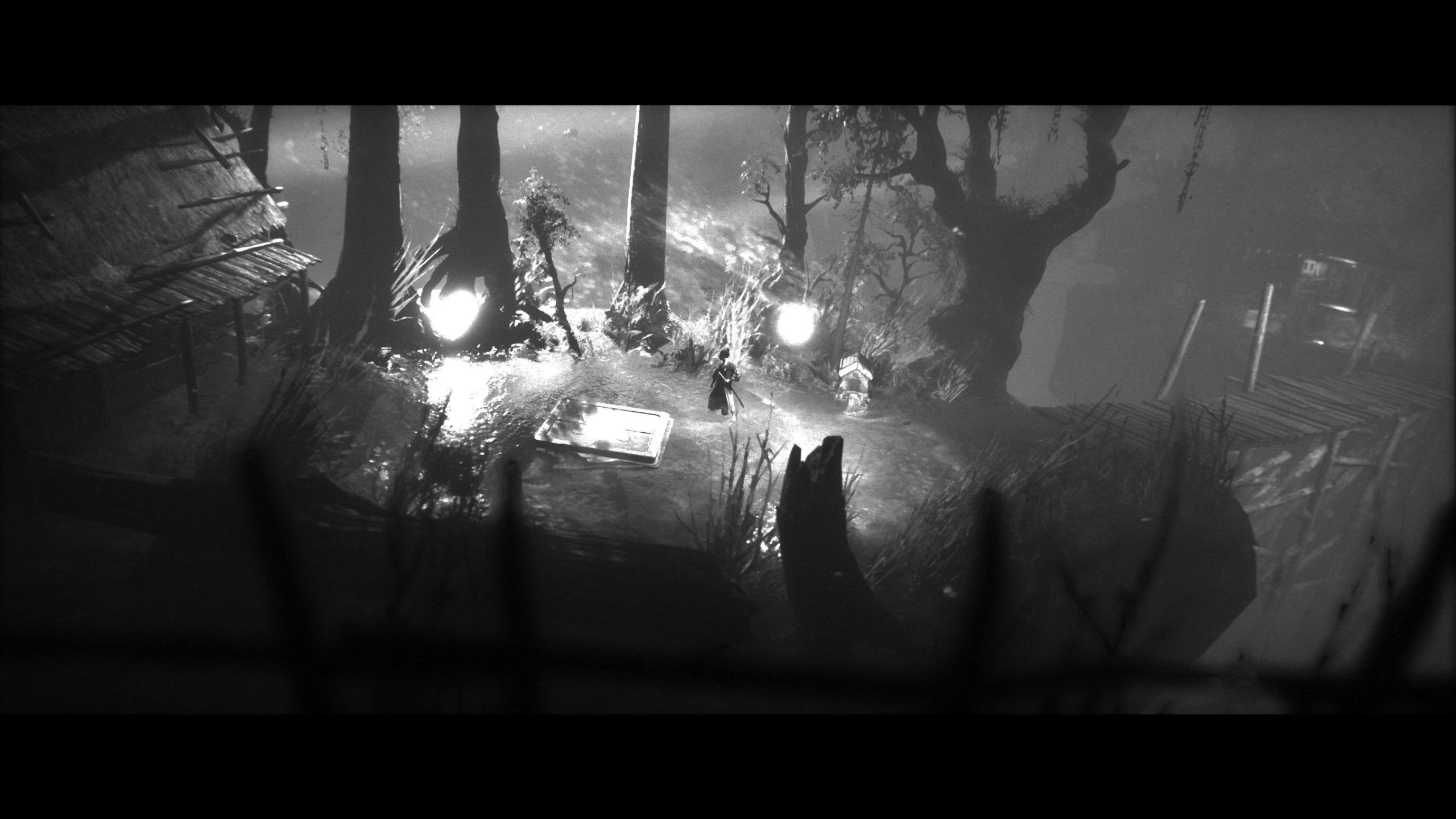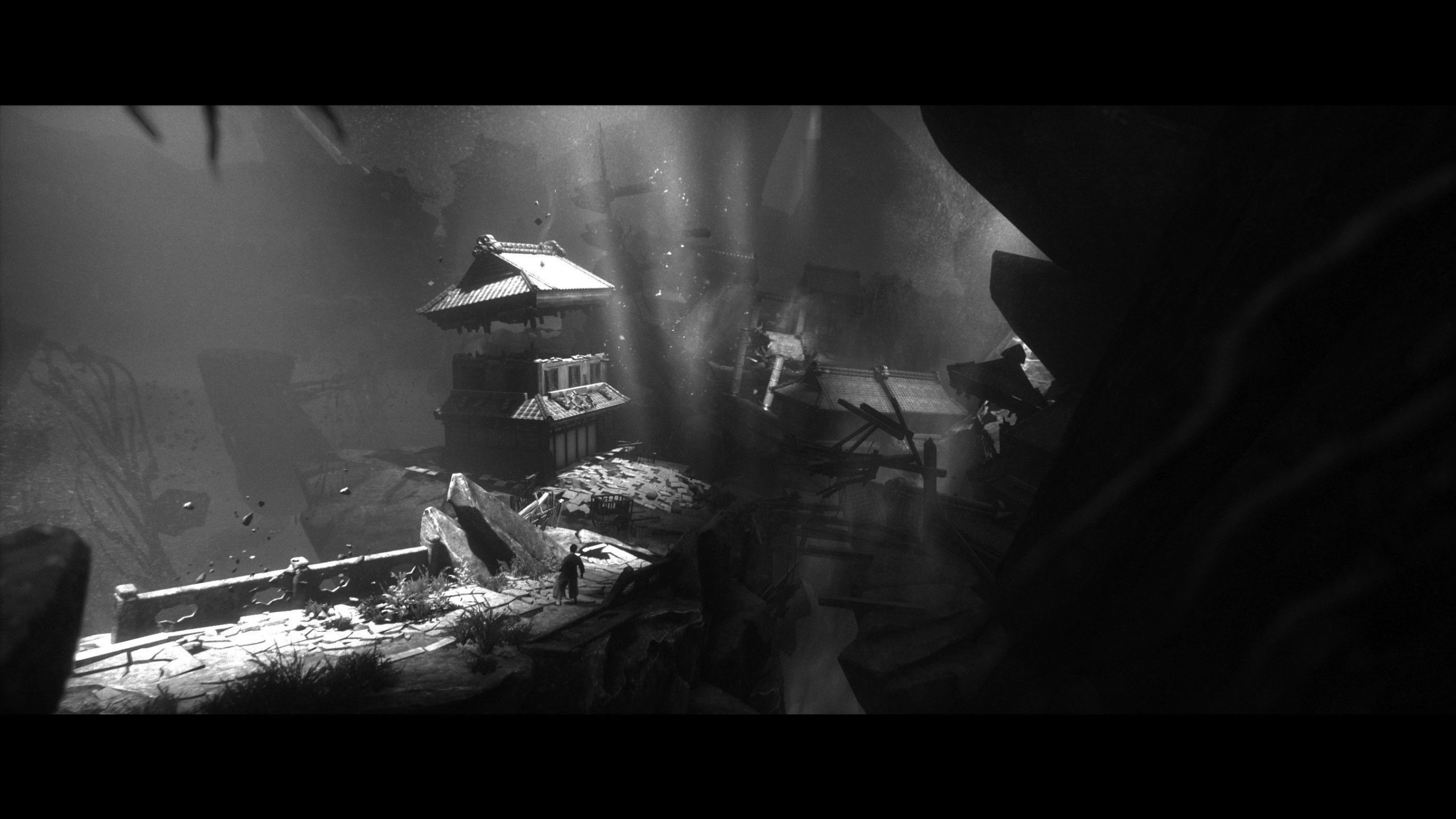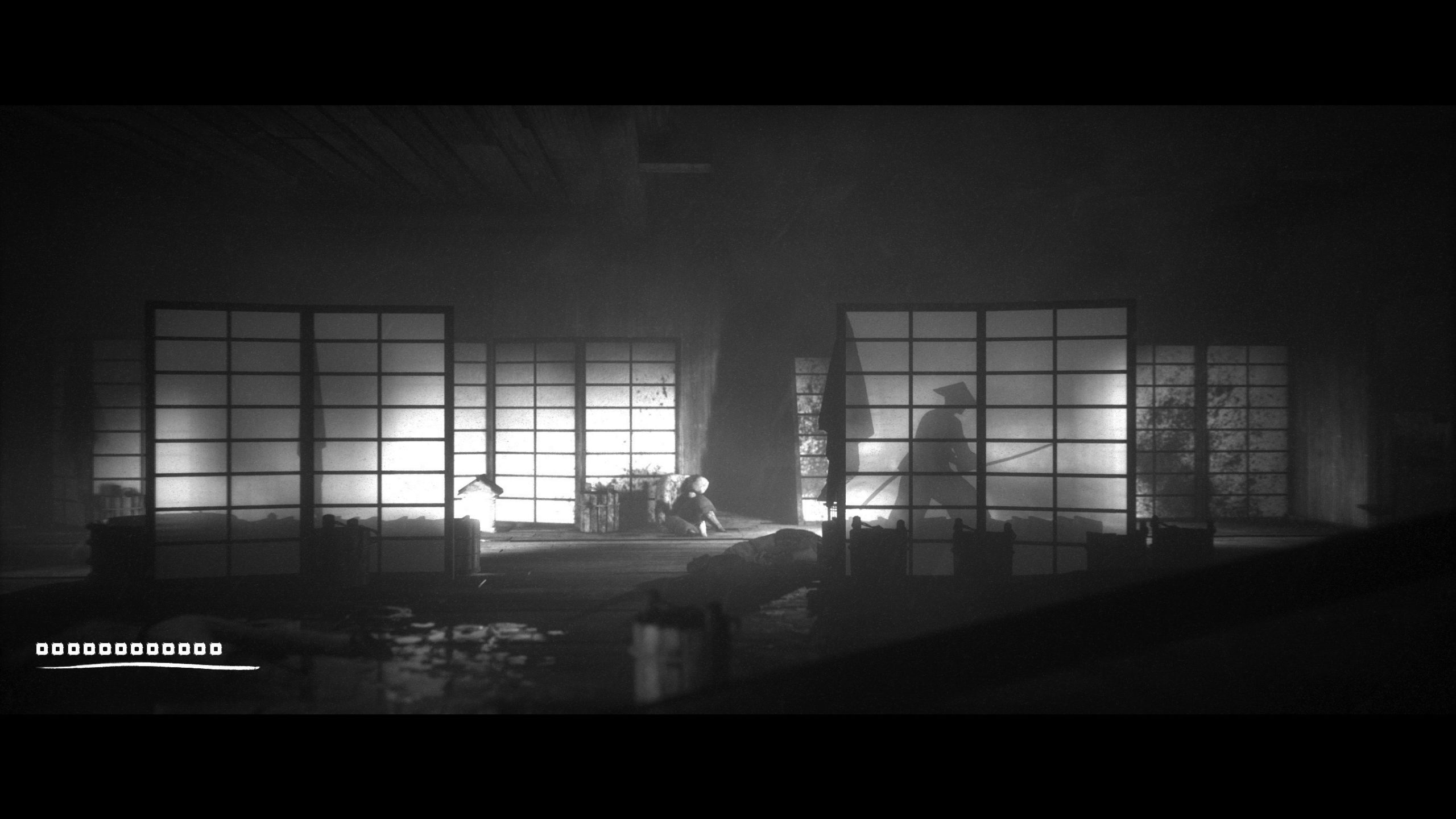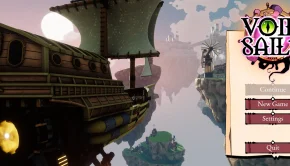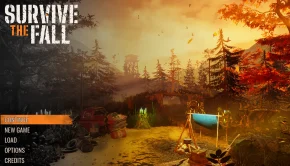Trek to Yomi Review @devolverdigital #TrekToYomi @Flying_Wild_Hog
Summary: The game can be enjoyed by many, but a very small group of people will hold on to it for a very long time.
4.3
Cult hit!
Trek to Yomi is the latest title from Flying Wild Hog that’s like a dream come true for those who love classic samurai movies. This side-scrolling action-adventure title tells the story of Hiroki, a samurai on his path to honor and love.
When Hiroki’s village is attacked by the bandits, he has to embark on a journey to find their leader and put an end to the cycle of death and destruction. Trek to Yomi’s plot is not much complicated, but it’s not completely devoid of surprises either. It took me 7.5 hours to complete the game for the first time and I believe that’s good enough. The game does not overstay its welcome by pointlessly prolonging the story or repeatedly sending the player after MacGuffins.
Trek to Yomi uses a fixed camera angle and that gives the developers the perfect chance to create astonishingly perfect cinematic shots in which the player can joyfully cut enemies down. That’s why combat is the most satisfying aspect of the game. There’s nothing out of the ordinary about the combat and gameplay; players use a katana and three types of ranged weapons to fight the enemies. Different combos let the player recreate some iconic samurai moves such as parrying past an enemy and slashing him on the back.
Although the combat is relatively tactical at first, by the time the players unlock combos that leave the enemies stunned and open to finishers, everything gets too easy. Since the enemies can never block the stunning combos, I just used one combo and cut through the like a hot knife through butter. That led to a very unbalanced difficulty curve in the game where normal enemies provided no challenge but fighting the bosses needed a more tactical approach.
The game’s art direction and aesthetics are its most valuable aspect. Trek to Yomi is a tribute to the Jidaigeki genre and it’s not shy about it! The black and white color tone, repeated use of wide camera shots, the classic Samurai vs. bandits plot and even adding visual effects like film noise turn the game into a work of art. It should be added that not many modern mainstream gamers are familiar with classic Jidaigeki movies and that can make it difficult for most people to enjoy the visuals of the game.
The quality of the artistic design is not always the same either. For example, the second half of the game which takes place in Yomi -the Shinto underworld- is not as beautiful as the countryside landscapes. In a black and white visual medium, contrast and shadows are the only tools available for visual storytelling and Trek to Yomi can’t use these tools well enough. There are a few scenes in which shadows are brilliantly used to create memorable moments in the game, but they are few and far between. On the other hand, a lack of decent contrast also impairs the visual experience to some extent. For example, in late areas of the game where Hiroki is journeying through stormy parts of Yomi, the white waves that are hitting the land in the wind fail to create an epic scene due to the lack of a decent contrast with the rest of the environment. There are a lot of such scenes in the game that are created with a full-color mindset but just don’t work in a black and white environment.
Trek to Yomi is a small and linear game, yet it doesn’t bore the player. That’s mainly due to the gradual introduction of new gameplay elements. Direct combat is not the only way to deal with enemies as there are parts of the game in which groups of enemies can be dealt with easily and fast thanks to environmental hazards such as breaking a dam. Later in the second half of the game, puzzle solving is also added to the gameplay. The puzzles are not a mind-blowing genius idea. The player just needs to find the correct order of letters in them by finding clues in the environment. The puzzles in the game get repetitive quickly, but they let the player take a break from the constant clashing of swords.
Exploration is also encouraged in Trek to Yomi since taking the detours often leads to not only finding collectibles that provide useful information about Japanese culture and beliefs but also ranged weapon upgrades and new skills.
Perhaps the scrappiest element of the game is the choices provided to the player to reach the desired ending. There are three instances where the Hiroki has to choose between love, duty, or revenge. I completed the game twice to see if there are meaningful differences between these choices but found out that in two out of three situations, regardless of the player’s choices, the outcome is the same. The only difference is in the dialogues following the choice.
The last and only impactful choice is also pretty vague. In my first playthrough, I chose what looked like the neutral option but ended up with a bad ending! The fact that the fate of this unearthly odyssey is irreversibly set by choosing a piece of text in the very last minutes of the game diminishes the grandeur of the experience.
Final Thoughts?
Trek to Yomi is Flying Wild Hog’s best game. Unlike Shadow Warrior 3, the studio’s first title in 2022 that was a huge step backward, Trek to Yomi is aimed at a niche audience. It’s short, violent, and poetic. The one-hit kill Kensei mode that’s unlocked after finishing the game for the first time also adds more replay value for the game while creating the potential for attracting hardcore gamers and speedrunners. The game can be enjoyed by many, but a very small group of people will hold on to it for a very long time. That’s why Trek to Yomi has the chance to become a cult title.


